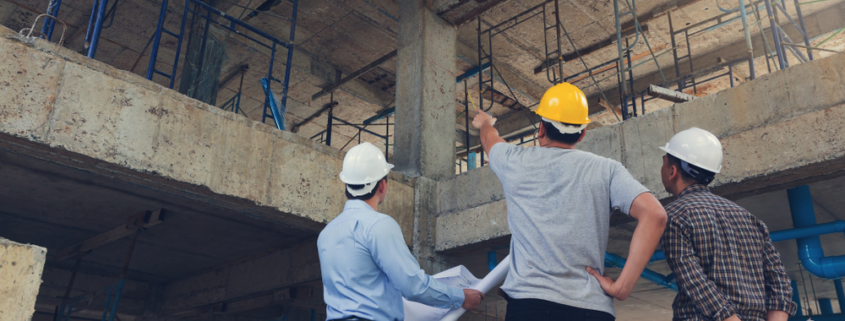What New Codes Mean for Deck Inspectors and Owners
Decks attached to residential properties add to the aesthetics of the structure and allow for owners and renters extra space for entertaining guests, for soaking in some vitamin D, or for relaxation.
However, most homeowners do not give too much thought to the status of their decks, leaving them in a poor state because of a lack of regular maintenance.
In the United States alone, there are about 45 million decks of which just 40% of these are safety compliant.
Since updated deck codes have been developed and implemented, qualified deck inspectors conduct inspections to see if existing and newly built decks are safe according to new deck codes and standards.
What deck inspectors look for during deck inspections?
Deck loads
- Building codes require any construction of decks to have evenly distributed loads on the entire deck. For a deck to carry a uniformly distributed load 50% of the load is carried by the deck-to-house connection and the half is carried by the post.
Posts and Footings
- Qualified deck inspectors will see to it that the depths and sizes of the holes meet the state’s building standards and what is on the approved building plan.
Normally, the depths standard is 12 inches below and the holes should be free of water and loose dirt. Posts should also be on undisturbed soil, be pressure-treated, and must be attached to its footing so it will not slip off.
Beams and Girders
- Girders must be 12 inches away from the ground should be properly bolted on a notched post. But as always there is an exception to the rule and is only applicable if the elevation of the property does not provide the minimum 12 inches distance or if the deck is the property is on a very dry location.
Ledger Connection
- Qualified deck inspectors would check if ledgers are correctly attached to a structure using lag crews and bolts. Bolts and crews must be strategically placed at least 2 inches; top and bottom and at least 5 inches from ledger boards.
Also, spacing for the ledger fasteners must be based on the moisture content, deck loads, sheathing thickness, and type of wood species (which are beyond visual inspection) but primarily, as what most building codes require, the spacing of the ledger fastener is based by the length of the beam.
Cracks
- Deck inspectors will also check for existing and developing cracks as these can cause the connections from splitting which can weaken the deck bracing.
Fasteners or Connectors
- Qualified deck inspectors will also take note of missing fasteners or connectors, rusting crews, loose fasteners, and any signs of degradation. In some instances, deck inspectors will carry new fasteners to replace those they remove during the inspection.
Decks may look so simple and easy to construct, but there’s more than meets the eye. Decks at home are bounded by safety regulations to avoid serious injury or death.
Looking for qualified deck inspectors to get your inspection done right? Click here to get in contact with some of our best!
Deck Inspectors for Southern California is happy to offer our services in Los Angeles, Orange County as well as San Diego and all Southern California surrounding areas like: Glendale, Pasadena, Burbank, Santa Monica, Anaheim, Temecula, Vista, Escondido, Carlsbad, and El Cajon



